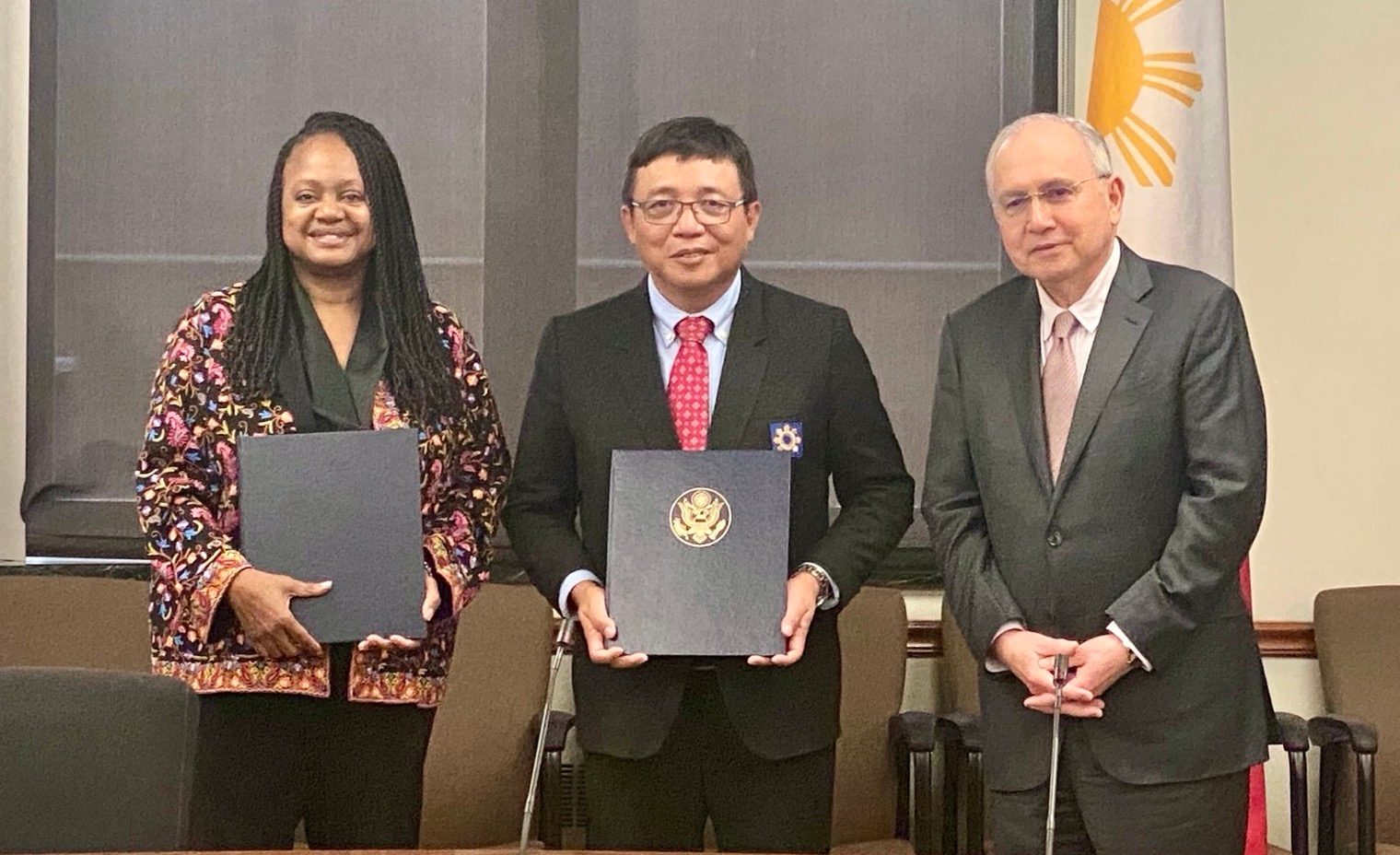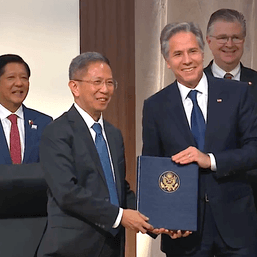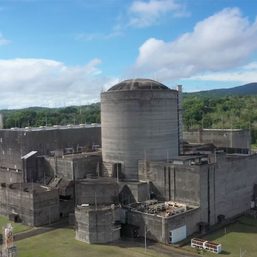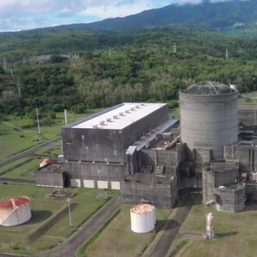SUMMARY
This is AI generated summarization, which may have errors. For context, always refer to the full article.

MANILA, Philippines – The Philippines and the United States signed a memorandum of understanding (MOU) seeking to boost cooperation on developing the Philippines’ nuclear energy program, announced the Philippine embassy in Washington, DC.
The MOU on Strategic Civil Nuclear Cooperation was signed by Philippine Energy Undersecretary Gerardo Erguiza Jr. and US Under Secretary of State for Arms Control and International Security Bonnie Jenkins on Thursday, March 10.
The new agreement comes as Manila prepares to move away from coal-fired power plants toward a more sustainable power supply mix. Philippine Ambassador to the US Jose Manuel Romualdez said the cooperation is in line with seeing the country fulfill its decarbonization goals.
“To ensure a resilient, inclusive, and green economic growth for the Philippines, we need to intensify our work in securing reliable and sustainable energy sources, including nuclear energy,” Romualdez said during the MOU signing at the US Department of State.
Under the MOU, Erguiza said, the Department of Energy will work with the US to improve knowledge and understanding on nuclear energy through technical assistance and improving the Philippines’ capacity for nuclear infrastructure.
Philippine President Rodrigo Duterte earlier signed an executive order to include nuclear power in the country’s energy mix and to direct an inter-agency panel to look into reopening the mothballed Bataan Nuclear Power Plant (BNPP).
Energy Secretary Alfonso Cusi has also championed developing nuclear power to address the projected increase in demand for affordable electricity and the dwindling sources of power, like the Malampaya gas field, set to see depletion of its reserves in 2027.
Jenkins welcomed the Philippines’ moves to explore adding nuclear energy to the country’s power mix. “This is great news for those of us working together to deepen collaboration between the US companies and Philippine partners in making sure that nuclear energy contributes to Philippine growth,” she said.
The BNPP, built during the regime of the late dictator Ferdinand Marcos, was closed down by then-president Corazon Aquino in 1986 due to safety concerns following the Chernobyl nuclear disaster in the former Soviet Union during the same year. It was never used.
In 1980, US nuclear engineer Robert Pollard of the now-defunct US Atomic Energy Commission visited the Philippines to inspect the BNPP. He found that the plant would not be safe and would also be costly, among others. – Rappler.com
Add a comment
How does this make you feel?
![[OPINION] Shoddy, shoddy, shoddy: How they built the Bataan Nuclear Power Plant](https://www.rappler.com/tachyon/2021/07/TL-BNPP-1280.jpg?fit=449%2C449)

![[OPINION] Who decides whether Bataan should go nuclear?](https://www.rappler.com/tachyon/2023/08/imho-bataan-nuclear-powerplant.jpg?resize=257%2C257&crop=271px%2C0px%2C720px%2C720px)


![[OPINION] Nuclear energy should not become major part of Philippine energy system](https://www.rappler.com/tachyon/2023/01/nuclear-energy-january-26-2023.jpg?resize=257%2C257&crop=205px%2C0px%2C900px%2C900px)


![[OPINION] Could the low-carbon economy bill re-write the Philippines’ future?](https://www.rappler.com/tachyon/2024/06/tl-decarbonization.jpg?resize=257%2C257&crop=137px%2C0px%2C360px%2C360px)


There are no comments yet. Add your comment to start the conversation.